'Liberty and Tyranny' by Mark Levin Reviewed
"I learned from this book the bigoted reason that the constitutional misconception of separation of church and state became the law of the land through the Supreme Court's 1947 Everson v. Board of Education decision."I knew anti-Catholicism had supplied a unifying principle for a majority Protestant culture threatened by fragmentation and decline in the first half of the 20th century. And because Catholicism seemed to represent unification of church and state, many Protestants came to use the Jeffersonian language of "separation of church and state" in generally opposing Catholic participation in politics and education.
"What I learned in Mark's book (pages 30-31) is that former Supreme Court Justice Hugo Black -- who wrote the fateful, culturally damaging, precedent-breaking 5-4 decision -- was described by his own son as an avid reader of the vilest anti-Catholic hate literature. This fact contradicts the usual excuses for Black's former membership in the Ku Klux Klan (youthful indiscretions, socially required, etc.). So this American Civil Liberties Union-cherished provision was not the product of 18th-century enlightenment, but 20th-century rural anti-Catholic Protestant bigotry. Fascinating and useful. "
by Tony Blankley, [excerpt by Thomas Brown III)
Tuesday, June 23, 2009
Subscribe to:
Post Comments (Atom)






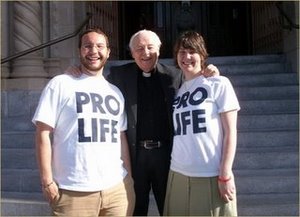
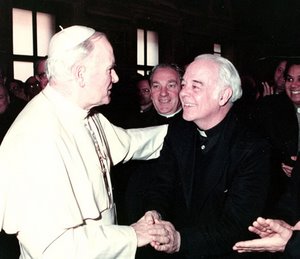
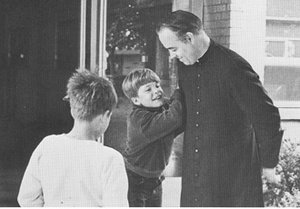
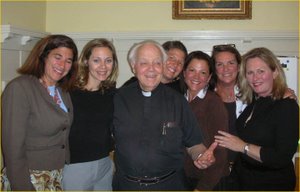
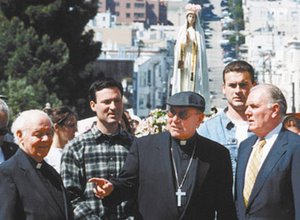
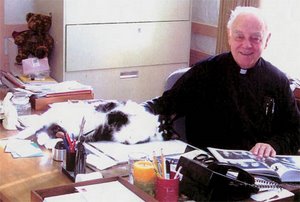
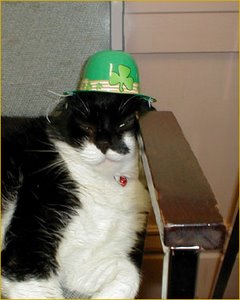
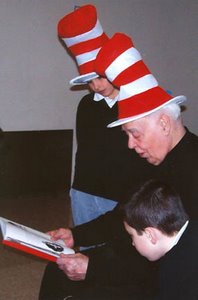

1 comment:
Heh. My father, an attorney, had called that tune a LONG time ago; he explicitly and loudly called Black an "anti-Catholic" to anyone who would listen.
Post a Comment